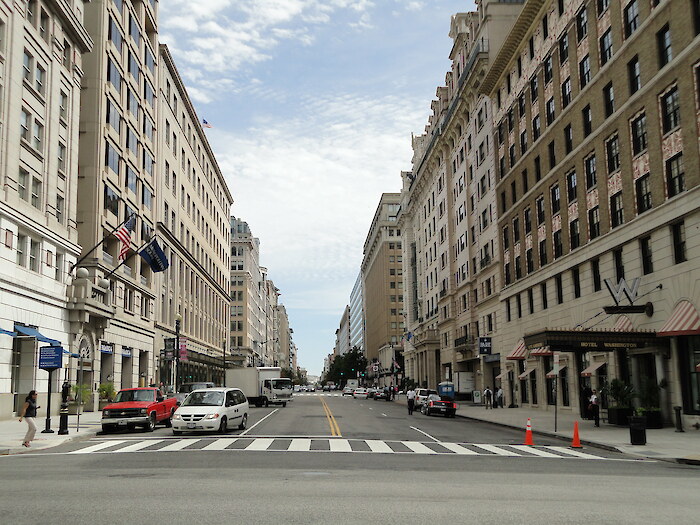
A Heat Vulnerability Index, developed by NASA and Groundwork USA, is a watershed indicator in the report card. This index includes four metrics: tree canopy, impervious surface, land surface temperature, and households in poverty. The index identifies places where there is greater vulnerability of people to heat-related and flooding-related risks, which are often in neighborhoods with race-based housing discrimination. Other groups at risk are communities of color, low-income communities, children, and the elderly. This index can help managers prioritize locations for restoration projects such as tree plantings and conversion of abandoned impervious surfaces to green space.
How is it scored?
The Heat Vulnerability Index is an indicator of climate-safe neighborhoods that includes metrics for tree canopy, impervious surface, land surface temperature, and households in poverty. Data is at the Census Block level.
For the 2022 report card, Land Surface Temperature (LST) data were from 2014-2020, Canopy Cover (CC) data were from 2016, Impervious Surface Area (ISA) were from 2019, and Poverty and population data were from 2020. For the 2023 report card, LST data were from 2015-2021, CC data were from 2021, ISA data were from 2021, and Poverty and population data were from 2021. Land Surface Temperature data are from NASA and USGS through Google Earth Engine (https://developers.google.com/earth-engine/datasets/catalog/landsat-8), Canopy Cover data are from the U.S. Forest Service through the Multi-Resolution Land Characteristics Consortium (MRLC) (https://www.mrlc.gov/data?f%5B0%5D=category%3ATree%20Canopy&f%5B1%5D=region%3Aconus), Impervious Surface data are from the USGS through the MRLC (https://www.mrlc.gov/data?f%5B0%5D=category%3ATree%20Canopy&f%5B1%5D=category%3AUrban%20Imperviousness&f%5B2%5D=region%3Aconus), and the Poverty and Population are from the U.S. Census Bureau (https://data.census.gov/).
